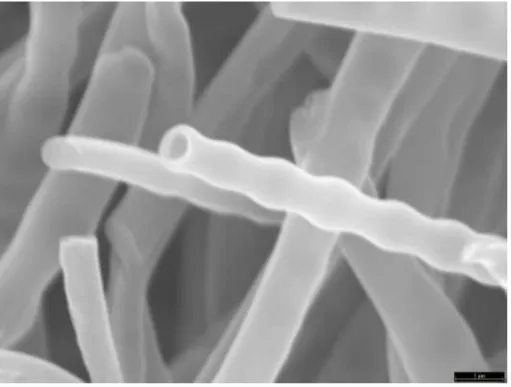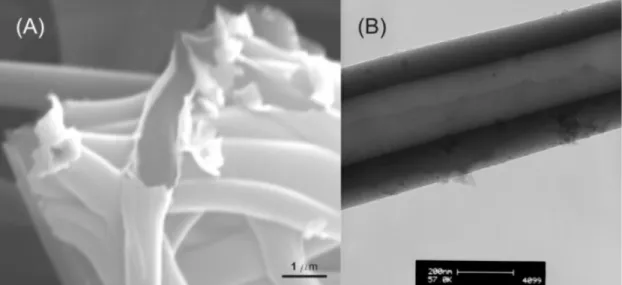Preparación de nanofibras de carbono y cerámica para aplicaciones en Ingeniería Química
Texto completo
Figure



![Figura 1.9. Montaje co-axial para encapsular líquidos, fácilmente extensible a electrospinning [35]](https://thumb-us.123doks.com/thumbv2/123dok_es/6334489.781850/40.892.232.671.401.904/figura-montaje-axial-encapsular-líquidos-fácilmente-extensible-electrospinning.webp)
Documento similar
In this paper we describe the Cuntz semigroup of continuous fields of C ∗ - algebras over one dimensional spaces whose fibers have stable rank one and trivial K 1 for each
Then, since L u -homotopy pull-backs form a distinguished collection, according to condition (4) of Definition 1.1, the homotopy fibers of hocolim I π have the same homology type as
The second mapping from left to right is injective by (1.1). In particular, the Weil restriction of a torus by a finite 6tale morphism is again a torus.. The Weil
The following measurements were used to characterize the samples: a) fiber diameter, b) corner profile fidelity (F CP [%]) to determine how the electrospun fibers adhered to the
Of special concern for this work are outbreaks formed by the benthic dinoflagellate Ostreopsis (Schmidt), including several species producers of palytoxin (PLTX)-like compounds,
(d) Emission (left) and bright field (right) micrographs of fibers before (top) and after (bottom) intense irradiation, showing the photobleaching of the ZnPc and, as consequence,
We compare the mechanical properties of fibers made of polymers and of composites with pristine single-walled carbon nanotubes (SWNTs), mechanically interlocked
This new experiment consists in changing the second term of equation (6.1), the chirp, for other kinds of functions, so the phase of the pulse will be dif- ferent. Therefore the





